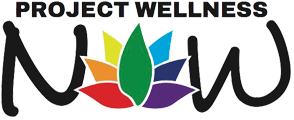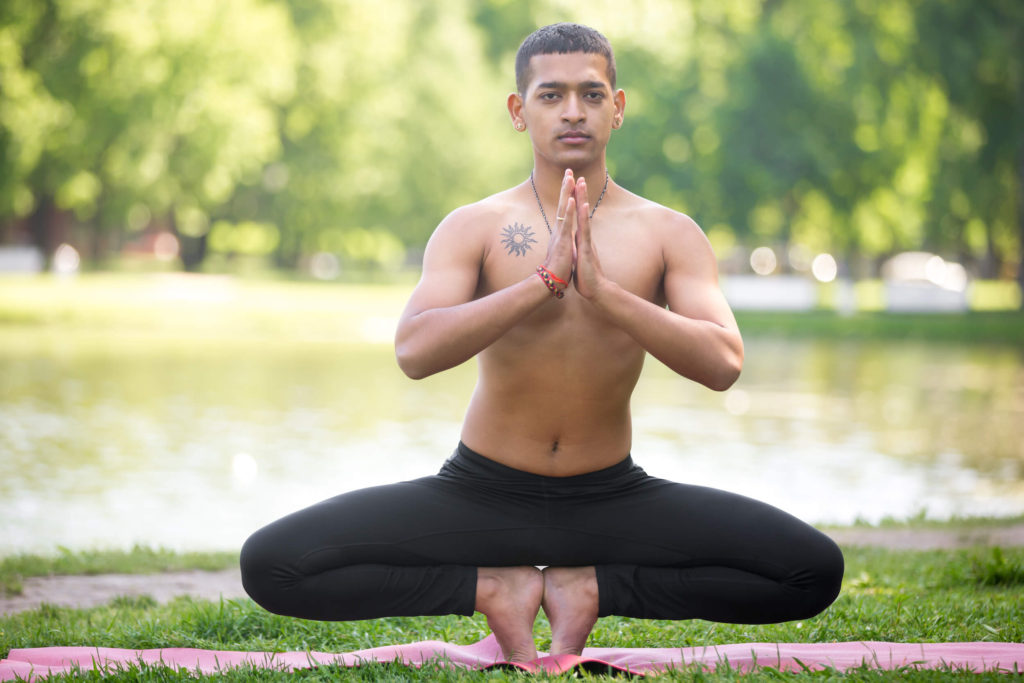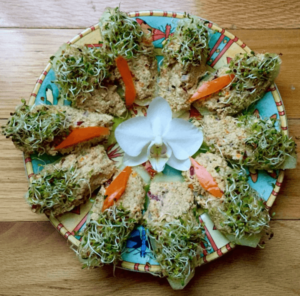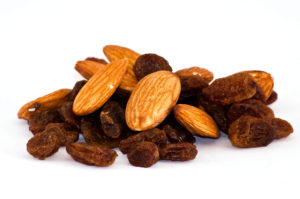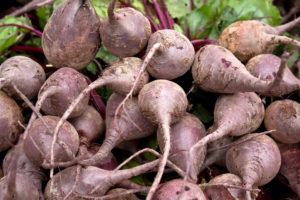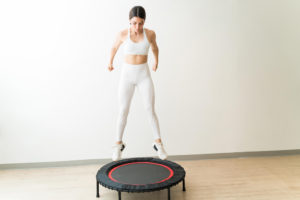If you’ve been practicing yoga for a while, then you may already have heard about the bandhas – moola bandha, uddiyana bandha, and jalandhara bandha – though perhaps remain a bit mystified about what exactly they are, and how to access and activate them. This essay will introduce and answer some basic questions about the most well-known of the bandhas: moola bandha.

WHAT THE BLEEP IS A BANDHA?
“Bandha” is a Sanskrit word that, in relation to yoga practice, is generally translated into English as “bond” or “bind” or “lock.” The yoga bandhas are techniques for activating and skillfully channeling subtle life-force energy. In Indian traditions, this subtle energy is called prana; and in Chinese traditions, it is referred to as chi (also spelled qi).
In particular, the yoga bandhas are ways of gathering and directing life-force energy along the central channel of the subtle body, which runs parallel to and slightly in front of the spine, from the pelvic floor to the crown of the head. This channel can be felt and/or visualized as a river of liquid light, flowing smoothly and with great luminosity.
A LOCK THAT GATHERS, PROTECTS & CHANNELS
The various meanings of the word “lock” – a common translation of bandha – can be instructive in understanding the function of the yoga bandhas. On the one hand, we can think of a lock as a protective device – say a padlock that’s used to secure our valuables in a safe. Similarly, the application of a yoga bandha gathers, contains, and protects our valuable life-force energy.

But “lock” can also refer to the device used to raise and lower ships that are traveling between bodies of water at different levels. As the ships navigate a channel connecting the two bodies of water, they pass through a series of locks that progressively raise or lower their water-level. Similarly, the yoga bandhas – in a step-wise fashion – safely guide life-force energy along the central channel of the subtle body.
WHAT IS MOOLA BANDHA?
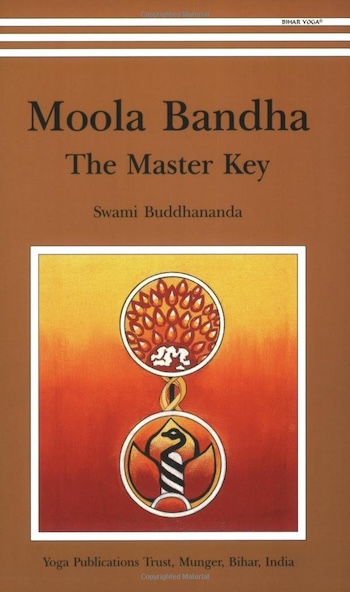
“Moola” (also spelled “mula” or “moolah”) is another Sanskrit word, whose English translation is “root.” This can refer to the root of a tree, and also, more figuratively, to the lowest aspect of anything. In relation to moola bandha – the “root lock” – it refers to the root of the spine and nervous system, and to the floor of the pelvis (aka the perineum).
In terms of the yoga chakra system, the pelvic floor – the space between the two sitting bones, slightly in front of the coccyx (tailbone) — is the location of the mooladhara chakra: the root chakra. And moola bandha – the “root lock” – is the yoga technique used to activate and condense the subtle energy of the mooladhara chakra, and then draw it upward within the core of the subtle body, along the front of the spine.
HOW TO PRACTICE MOOLA BANDHA
As you begin to explore the practice of moola bandha, it’s important to understand that moola bandha — in its essence — is a subtle, energetic process, rather than a physical activity. While it can be skillful to use physical movements to initiate the process, these should be engaged with a very light touch – and dropped once the more subtle activation has occurred.
HAVING SAID AS MUCH, HERE ARE THREE STEPS TO GET YOU STARTED:
1. The first step is to gently rest your attention in the space of the pelvic floor: the location of the mooladhara chakra. Simply allow your awareness to rest there, and feel or imagine energy gently gathering, like a shimmering pool of water. This will begin the process of activating moola bandha.
2. The next step is to add a gentle contraction of the central tendon of the pelvic floor. This tendon is located about an inch in front of the anus, and a couple of inches within the body, above the perineum (pelvic floor). The muscles of the pelvic floor form a diaphragm: a weave of muscles that can be contracted or relaxed. Becoming skilled at gently contracting and relaxing these muscles (similar to Kegel exercises) is one way to activate moola bandha. As the energy activates, feel or imagine it being gently scooped and lifted upward, along the front of the spine.
3. And finally, you can support the activation of moola bandha via the energy of a small chakra in the center of the palms of your hands (known as the Lao Gong point in Chinese medicine). Here’s how: Rub your hands together until they feel warm. Then – while either sitting upright in a straight-backed chair or crossed-legged on the floor – slip one of your hands, palm facing upward, between your legs and all the way under the base of your torso – until you’re sitting right on top of your hand, like a hen sitting on an egg. Allow the energy from a palm of your hand – like an egg-shaped sphere of golden light – to radiate upward, gently nourishing the mooladhara chakra.
MOOLA BANDHA: THE MASTER KEY
While it’s always best to have a flesh-and-blood teacher to guide you in this or any other yogic technique, written instructions also can be valuable. Hopefully, you’ve found this short essay to be useful! And for more extended instructions on the practice of moola bandha, have a look at Moola Bandha: The Master Key, by Swami Buddhananda, which presents in awe-inspiring detail the physical, mental, emotional, and spiritual benefits of this simple yet profound practice.
YOU MAY ALSO LIKE:
RAW SUNFLOWER SPREAD
Some consider sunflower seeds to be one of the world’s healthiest foods. A handful will supply you with significant amounts of…
THE POWER OF POTASSIUM TO BOOST YOUR HEALTH
By Kristi Ganobsik Potassium is an electrolyte that helps balance your body fluids, but it’s not your average electrically charged particle….
ALMONDS – NUTRITION BREAKDOWN
Almond trees are native to the Middle East and South Asia. Thanks to their rich nutrient content almonds made the list…
TOP 7 HEALTH BENEFITS OF BEETS
If you only knew how beneficial beets are to your health, you would not hesitate to include them in your diet….
WHY YOU SHOULD START REBOUNDING NOW
If you are looking for a way to get more exercise, look no further than the humble rebounder. It has been…
WHAT IS SKIN MINIMALISM: HOW TO ACHIEVE IT
DEFINITION: Skin minimalism is a skincare trend focused on simplifying routines and using fewer products to enhance the skin’s natural glow…
